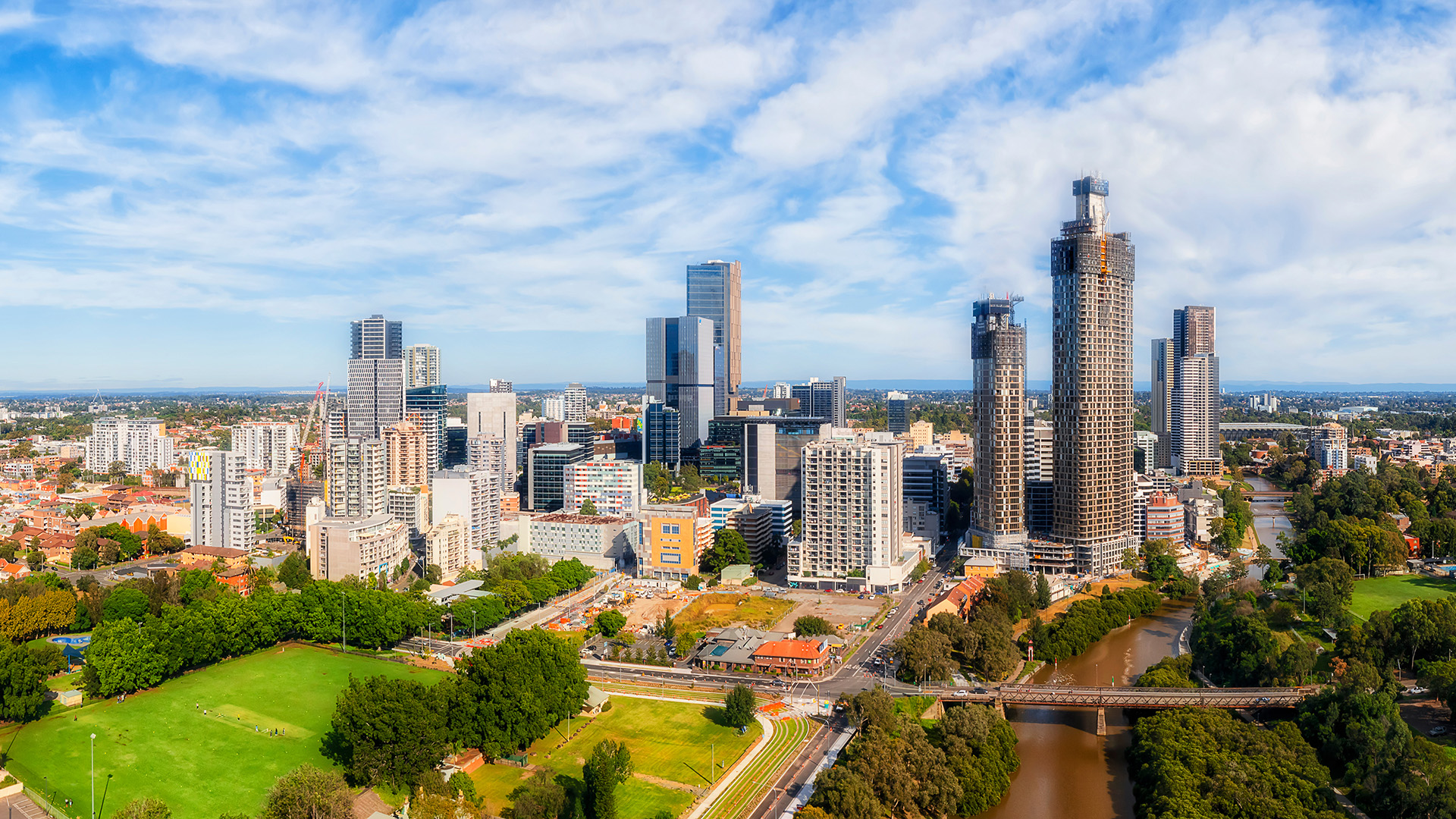This article was co-authored with Krista MacPherson, Phoebe Saxon and Tiffany Austin.
This is the latest in a series of quarterly updates for 2024 from the NSW Environment and Planning team and provides a snapshot of the key updates and upcoming changes in this practice area. You can access our previous instalment here. This issue covers:
- Further details on the Department of Planning, Housing and Infrastructure’s (the Department) housing reforms, including the Transport Oriented Development Program;
- Recent judicial guidance on the requirements of a development application to be “made” in the recent decision of Hinkler Ave 1 Pty Limited v Sutherland Shire Council [2023] NSWCA 264;
- Update on the Australian government’s Nature Positive Plan and proposed package of reforms to the Environment Protection and Biodiversity Conservation Act 1999 (Cth) (EPBC Act); and
- Commencement of the Nature Repair Act 2023 (Cth).
Please contact Anneliese Korber, Partner in our Environment and Planning team if you would like further information about how these changes might impact your particular situation.
Housing Reforms and the Transport Oriented Development Program
The Department has recently released further details on its Transport Oriented Development Program (TOD Program) which forms part of its broader strategic policy priority on increasing housing supply throughout Sydney by encouraging sustainable and mixed-use development around transport hubs.
The TOD Program forms just one part of a suite of housing reforms proposed by the Department which also include changes to create low- and mid-rise housing as well as changes to infrastructure contributions introduced in 2023.
Transport Oriented Development Program
The TOD Program intends to deliver transport-oriented development in two parts: through a focus on accelerated precincts and the introduction of a new Transport-Oriented Development – State Environmental Planning Policy (TOD SEPP).
1. Focus on accelerated precinct
The TOD Program has identified eight high-growth areas near transport hubs in greater Sydney for accelerated state-led rezoning. The accelerated precincts will be located within 1,200 meters of eight train and metro stations. These stations are Bankstown, Bella Vista, Crows Nest, Homebush, Hornsby, Kellyville, Macquarie Park and The Bays.
The NSW Government aim to accommodate approximately 48,000 new homes, increase the amount of affordable housing in these areas and enable infrastructure for a variety of land uses (residential, commercial, recreational) all within walking distance of the eight train and metro stations.
The NSW Government has said the accelerated state-led rezoning will be completed by November 2024 and has committed a $520 million budget to provide for community infrastructure in these precincts.
The NSW Government intends to introduce a new temporary state significant development (SSD) assessment pathway for residential developments proposed within these accelerated precincts. The new SSD assessment pathway will be triggered when a development has a residential component with a minimum capital investment value of $60 million in the accelerated precincts. The government intends to set a 90-day target to assess these applications. Applications below the capital investment value of $60 million will remain under council assessment. The temporary SSD assessment pathway is set to remain in place until November 2027.
2. Introduction of the TOD SEPP
The new TOD SEPP is set to be released this month in April 2024. Based on the information released by the Department to date (available here), the TOD SEPP will amend planning controls to increase the capacity for more mid-rise housing and mixed developments within 400 meters of 31 well-located metro and rail stations. These 31 transport hubs are: Adamstown, Ashfield, Banksia, Berala, Booragul, Canterbury, Corrimal, Croydon, Dapto, Dulwich Hill, Gordon, Gosford, Hamilton, Killara, Kogarah, Kotara, Lidcombe, Lindfield, Marrickville, Morisset, Newcastle Interchange, North Strathfield metro, North Wollongong, Rockdale, Roseville, St Marys Metro, Teralba, Tuggerah, Turrella, Wiley Park and Wyong.
The Department has stated that the 31 transport hubs have been chosen based on their capacity to support additional growth. Residential apartment buildings will be allowed in all residential zones within 400m of identified stations following the additional broad scale planning controls changes.
The new SEPP will not apply to land zoned for industrial uses. However, much attention has been put on the fact that the planning controls in the TOD SEPP will apply to heritage conservation areas. The Department has indicated that a merit-based assessment will continue to apply to developments in these locations and relevant heritage controls will apply to the extent they are not inconsistent with the new standards.
Changes to create low and mid-rise housing
In its second set of reforms, the TOD Program intends to deliver “diverse and well-located homes” by encouraging more low and mid-rise housing. The NSW Government introduced these proposals through an Explanation of Intended Effect document that was on exhibition from 15 December 2023 to 23 February 2024 (available here). The proposals are generally divided into low and mid-rise housing within station and town centre precincts. These precincts will be within the Six Cities Region and within 800m walking distance of:
- Heavy rail/metro or light rail;
- Land zoned E2 Commercial Centre or SP5 Metropolitan Centre; and
- Land zoned E1 Local Centre or MU1 Mixed Use (if it contains a wide range of frequent use series).
The NSW Government is developing a pattern book for a pre-approved list of designs for these low- and mid-rise buildings. The pattern book will be subject to an international design competition to be announced in early 2024. Developers who choose to adopt the pattern book designs will have an accelerated approval pathway available.
One of the key ways in which these reforms will be delivered is extending permissibility and the introduction of non-refusal standards. Non-refusal standards overrule local environmental plans or development control plan standards that are more onerous than the non-refusal standard. If the non-refusal standard is met, the consent authority cannot refuse the development application despite the local provisions that may apply. The proposed non-refusal standards are designed to enable the development of low- and mid-rise housing in places where they previously were not permitted.
It should be noted the Upper House Planning and Environment committee has launched an inquiry into the TOD Program. It will put a spotlight on the government’s selection process of the targeted precincts, heritage concerns, information control protocols, and property disclosure requirements.
Infrastructure Contributions
As outlined in previous issues of our Planning Quarterly available here and here, reforms to NSW’s State Infrastructure Contributions system were made by way of the Environment Planning and Assessment Amendment (Housing and Productivity Contributions) Act 2023 which commenced in October 2023 with phase-in discounts applicable up until June 2025. These amendments were introduced in anticipation of the broader housing reforms outlined above and include changes to allow the Minister for Planning and Public Spaces to issue a housing and productivity contribution order towards the provision of regional infrastructure.
At this stage, the Department has not released any detail on any proposed changes to local infrastructure contributions paid by developers to local councils by way of s 7.11 or 7.12 of the Environmental Planning and Assessment Act 1979 (NSW).
Judicial Guidance on when a development application is “made” in Hinkler Ave 1 Pty Limited v Sutherland Shire Council [2023] NSWCA 264
On 2 November 2023, the Court of Appeal delivered judgment in Hinkler Ave 1 Pty Limited v Sutherland Shire Council [2023] NSWCA 264. This case provides useful guidance on when a development application (DA) is considered “made” and the consequences of delay in “lodgement” or “making”.
By way of background, Hinkler lodged a Class 1 appeal to the NSW Land and Environment Court (LEC) in respect of a deemed refusal of a DA by Sutherland Shire Council. The DA sought approval for the demolition of existing structures and construction of a mixed-use development in Caringbah. The documents uploaded by the Applicant to the Planning Portal did not include a plan of the relevant height and external configuration of the building as required (at the time) by the State Environmental Planning Policy (Affordable Rental Housing) 2009 (2009 Housing SEPP). During the period between the Applicant first lodging documents on the Planning Portal, lodging a second tranche of documents to address missing documentation, and then subsequently paying the DA fee (as notified by Council), the State Environmental Planning Policy (Housing) 2021 (2021 Housing SEPP) came into effect, repealing and replacing the 2009 Housing SEPP. The change to the 2009 Housing SEPP introduced, what the Applicant submitted, were more stringent and onerous requirements. In lodging its deemed refusal appeal, the Applicant sought the determination of a separate question, concerning that application of the 2009 Housing SEPP over the 2021 Housing SEPP. The determination of this question turned on when the development application was taken to be “made” and “lodged”.
The primary judge in the LEC, Moore J, found the development application was not “made’ until such time as all necessary documents has been submitted and the relevant fees had been paid. His Honour held at [114]-[115]:
“A development application that is not accompanied by the information and documents required by the EPA Act and EPA Regulation 2000 and the payment of the fee required by the [Regulation], is incomplete and ineffective to engage the power of the consent authority to grant consent to the development application…this means that the development application has not been “made”.
The consequence of the finding was that the provisions of the 2021 Housing SEPP applied to the DA, rather than the 2009 Housing SEPP.
While clause 24 of the Environmental Planning and Assessment Regulation 2021 (NSW) (EPA Regulations) now defines that a DA is only taken to be lodged once the DA fee is paid, the case provides an important reminder that applicants and proponents should take case to ensure that a DA contains all necessary information when making the application. Failure to do so can result in overall delays to the development and can influence which environmental planning instruments apply.
On appeal, the Court unanimously affirmed his Honour’s opinion and dismissed the appeal.
The full text of the decision is available here.
Update on the Nature Positive Plan and the proposed package of reforms to the EPBC Act
In December 2022, the federal government announced its “Nature Positive Plan: Better for the Environment, Better for Business” (Nature Positive Plan) (available here) in response to the 2020 Independent Review of the Environment Protection and Biodiversity Conservation Act 1999 (Cth) (EPBC Act) undertaken by Professor Graeme Samuel AC (Samuel Review). As part of the Nature Positive Plan, a proposed package of legislative reforms were proposed, including the following:
- Introduction of National Environmental Standards;
- Amendments to Matters of National Environmental Significance;
- Establishment of Environment Information Australia;
- Establishment of a federal Environment Protection Australia;
- General updates on requirements relating to emissions and the climate change impacts of projects; and
- General updates to community engagement requirements on projects.
Whilst we do not expect to see the specifics of this package of proposed reforms until later in 2024, the Department of Climate Change, Energy, the Environment and Water (Department of CCEEW) held public webinars in November 2023 and requested stakeholder feedback broadly on the proposed changes which closed on 30 March 2024. Transcripts of these webinars is now available online on the Department of CCEEW’s website here.
We are closely following any new developments in this area and will provide a more detailed update once the specifics of the proposed amendments are released.
Commencement of the Nature Repair Act 2023 (Cth)
One element of the Nature Positive Plan that has been implemented is the Nature Repair Act 2023 (Cth) and the Nature Repair (Consequential Amendments) Act 2023 (Cth) which commenced on 15 December 2023 (the Nature Repair Legislation). The Nature Repair Legislation establishes a framework under which Australian landholders and other project proponents can be issued with tradeable biodiversity certificates for undertaking projects that protect, manage and restore nature. It is designed to function alongside Australia’s existing carbon market established under the Carbon Credits (Carbon Farming Initiative) Act 2011 (Cth).
A landowner will be able to register a biodiversity project (if it meets certain conditions) with the approval of the Clean Energy Regulator (who will regulate the scheme). If approved, the regulator will issue a certificate in relation to that project which can be traded and sold to businesses, organisations, the government and other individuals on the open market. By selling that certificate, the landowner can receive additional funding to carry out the project that it wouldn’t otherwise have.
Interestingly, since the introduction of the Nature Repair Market Bill 2023 (Cth) in March 2023, some crucial amendments were made to secure passage of the Nature Repair Legislation through the Senate. First, an amendment was made to explicitly prohibit the utilisation of biodiversity certificates as an “environmental offsetting measure” or for the purposes of offsetting. Whilst this change does not impact the issuing or trading of certificates, it signifies changing views towards the role offsets in the federal environmental scheme. Second, references to the word “market” were removed from the Nature Repair Legislation. Finally, the water resources matter of national environmental significance under the EPBC Act was expanded so that the “water trigger” will apply to all forms of unconventional gas, rather than just coal seam gas and large coal mining development. This final change had been slated to be introduced as part of the broader Nature Repair Plan. However, it was negotiated to be introduced earlier than intended as part of this Nature Repair Legislation package.
The full-text of the Nature Repair Act 2023 (Cth) can be found here, and the Nature Repair (Consequential Amendments) Act 2023 (Cth) here.






